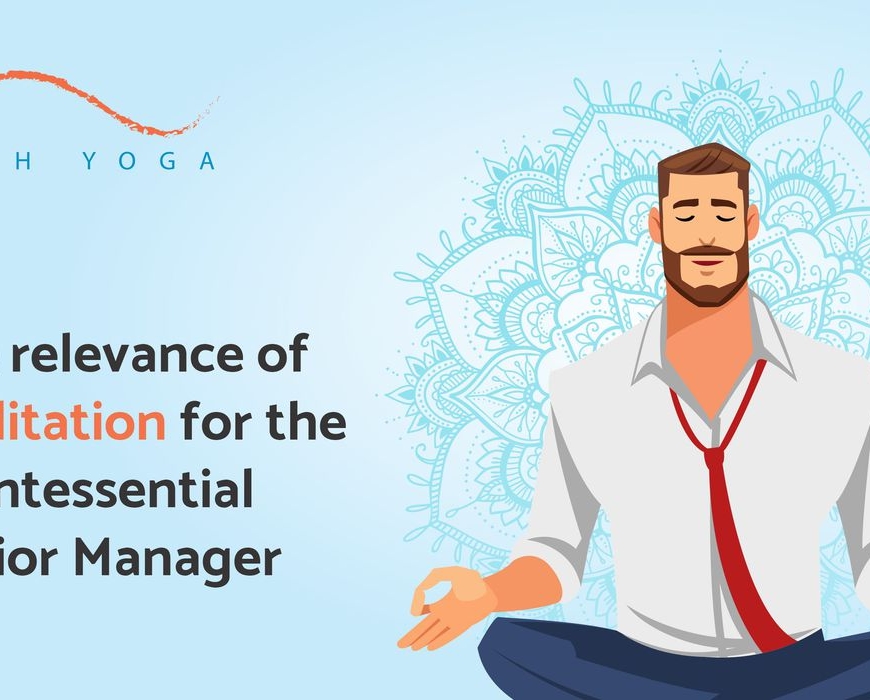Backache – Causes and Concerns
Backache can refer to anything ranging from dull discomfort to a sharp pain anywhere on the spinal column, from the cervical region of the neck to the lower back. Injuries and old age often bring inevitable pains to the region; however, a growing number of people, especially young adults and officer workers, are facing increasing problems of back pains. This is mainly due to increasing usage of laptops and computers, which require sitting in stiff positions for long times, and is further exaggerated by poor lifestyle practices such as low levels of exercise.
As a rule of thumb, it is best to treat back pain seriously for a number of reasons. It can be indicative of underlying problems in the spine, which are best treated with early detection. Problems of the back often do not remain localized – the back is central to the entire body, and issues in the region can cause problems in other areas as well. Backache may also indicate that perhaps it is time to give your lifestyle choices serious consideration and modifications.
Yoga and Backache – What To and Not To Do
Like with numerous other ailments of the body, yoga is an excellent way to alleviate backache. It helps in lengthening and strengthening the back, increases the range of mobility and flexibility of the region, and can help in ensuring that all areas of the back are targeted for exercise. It can also help in dealing with root causes of backache, such as pelvic tilts.
However, yoga does involve a considerable amount of twisting and strength, and some asanas have been marked by the experts are contraindications – best avoided if you are suffering from some problems, such as backaches. So, how can you reap the benefits of yoga and alleviate your back pain without making things worse? By keeping these tips in mind –
- Avoid Some Asanas – Asanas involving the backward bends, such as the bow pose, camel pose, or locust pose should be avoided with back pains, along with asanas that involve significant twists, such as lord of the fishes pose, or the noose pose. The idea here is to prevent any stretch or twist that would cause your muscles to move in ways they may not be ready for, which may lead to discomfort or injuries.
- Listen to Your Body – Being the centre of your body, it is near to impossible for you to not engage your back in the asanas you perform. However, this does not mean that you stop working out all together. Rather, listen to your body (and the experts) and if you feel any sensation that you are not comfortable with, stop performing the asana, or move to a modification.
- Build Core Strength – Core strength does not only mean working towards a set of abs (though they are a great bonus). Core involves the abdomen, hips and the back muscles, and strengthening these areas help in supporting the back muscles. Thus, instead of focusing on stretching, which can increase your problems, focus on building up your core.
- Seek Expert Guidance – If your back problem is serious, recurring, or the consequence of an underlying problem, it is best that you seek expert teachers who can properly guide you through yoga routines while ensuring the safety of your back. Do not hesitate in booking personal sessions, shelling out a little more, asking questions and seeking modifications – at the end of the day, you need to provide the feedback that will move your work forward.
Back pain has the capacity to become overwhelming, but do not let it defeat you. With the right guidance and caution, you can actively work towards a healthier back and body without increasing your injuries. Be sure to heed expert advice and listen to your body, and you will be back to full capacity before you know it.





Add Comment